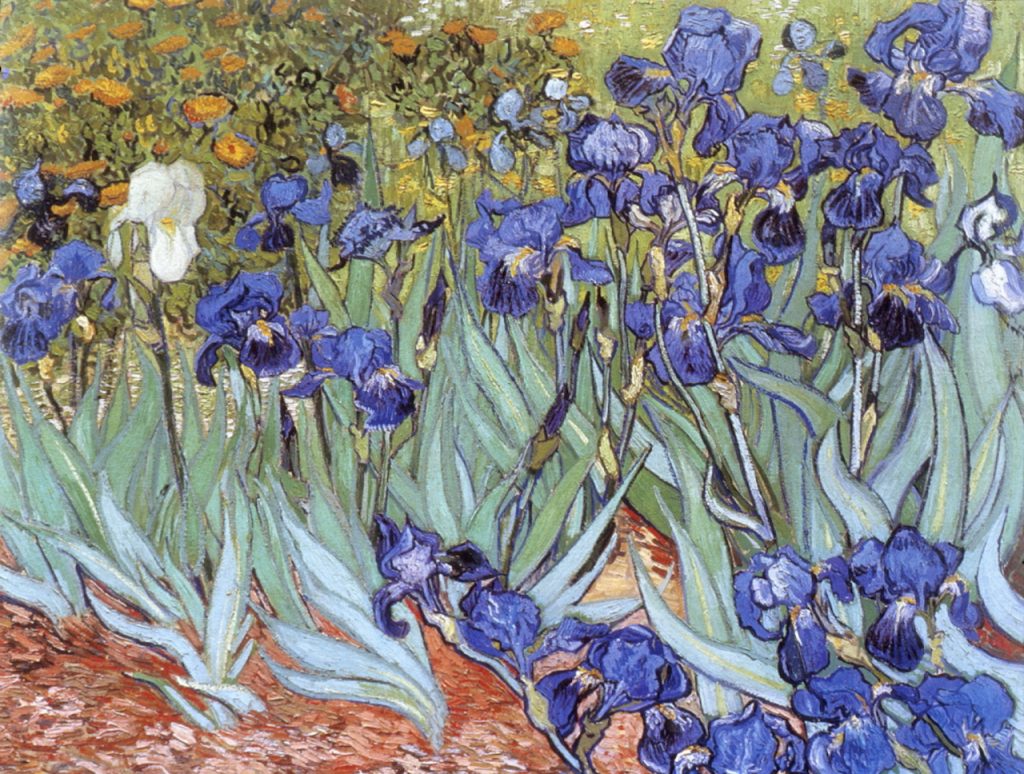Week 28
The war between the traditionalists and the rebels went on all through the 19th Century. In the 1860's there emerged a group of young men and women who had a cohesive plan for a new art. By 1874 they were ready to show the world their work, and they did so in April 1874 on the big Boulevard des Capucines in the renewed Paris with great wide boulevards, new sidewalk cafes, new bookstalls everywhere, and charming street stalls selling art reproductions now available in color for the first time in history. This new group came to be know as the Impressionists, although none of them liked the name since it implied their paintings were mere "impressions." But impressions were exactly what a public wanted. Not at first. It took some years, tough years of failure and poverty. But around 1880 with Renoir's sale of his magnificent portrait of Madame Georges Charpentier and her children for a very big price, things changed. Later one of the smart art dealers of Paris took a load of Impressionist paintings to New York and staged a show with phenomenal results. At that moment the international world of art changed. The rebels were now the victors. But there was still another group in Paris. They were just a bit younger than the Impressionists born about 1840. This group were born on or around 1850. And this younger group went beyond the Impressionists. They left behind the look of the real world and elaborated and abstracted and distorted for an emotional effect. Their work was attacked and scorned at first when they showed their works in the 1890's. The group included Emile Bernard, Paul Gauguin, Paul Cezanne, Vincent Van Gogh, and Georges-Pierre Seurat. Their innovations were going to inspire the two real radicals -- Picasso and Matisse in the 1900's.

